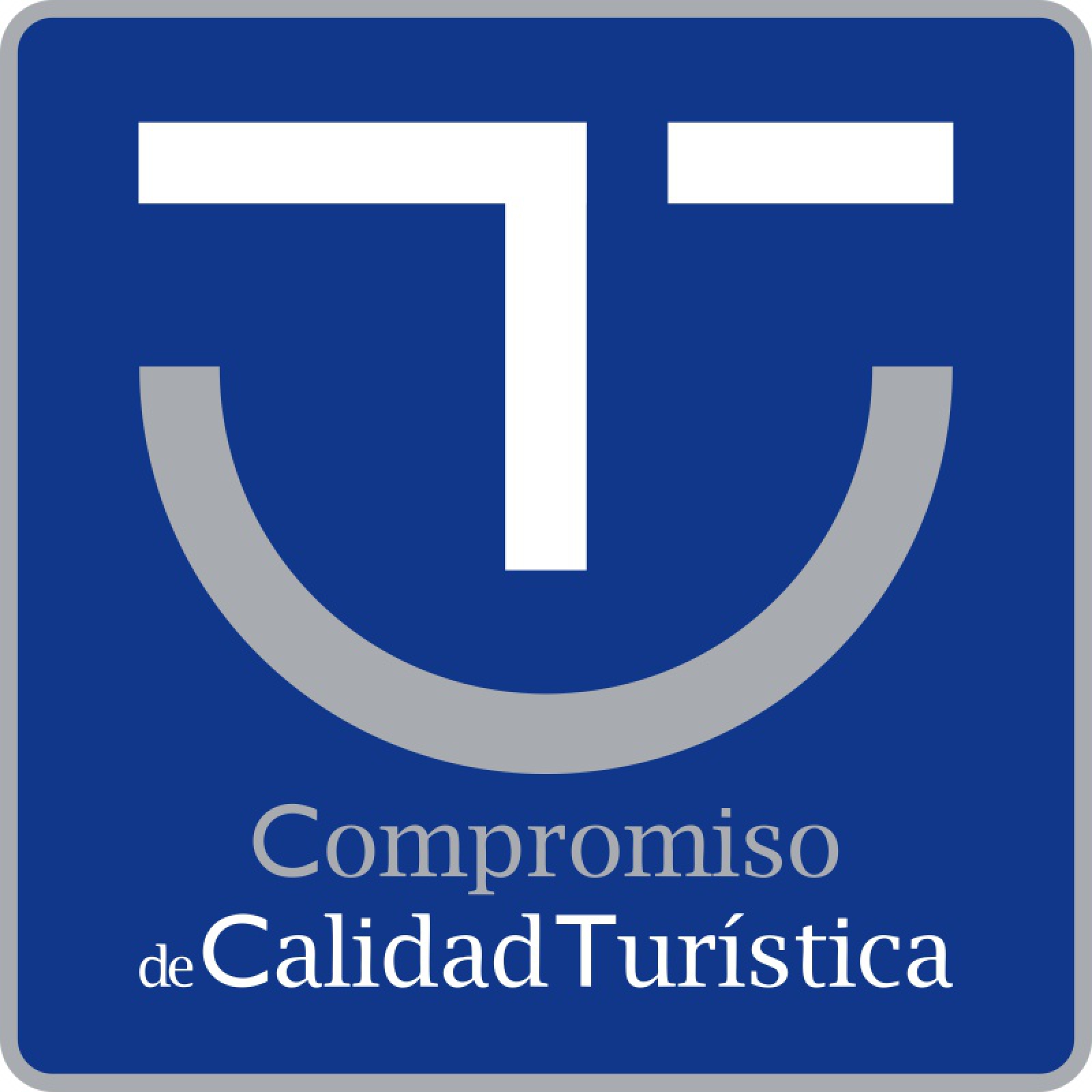The Atlantic Islands national park is a protected natural space which consists of several archipelagos. Some of them are unfamiliar, even to the area’s inhabitants. In today’s article, we tell you 10 fascinating facts about these wonderful islands that you might not have known, and which form part of their essence and history.
1. The only maritime-terrestrial national park in Galicia
Galicia’s Atlantic Islands national park is one of only two maritime-terrestrial national parks that exist in Spain and the only one in Galicia. This is due to the wealth of its marine and terrestrial biodiversity that provides an extremely high cultural and natural value. It is a virgin area which has hardly been altered by humans and which possesses remarkable flora and fauna and some unique geological formations.
2. A unique microclimate
On the Cíes Islands and Island of Ons, you can enjoy a microclimate which is characterised for having milder temperatures than on the coast. Summer is a period of drought on the islands thanks to the lack of rain. Their climate is more like the Mediterranean climate than the oceanic climate which is typical of Galicia. For that reason, their temperature can sometimes vary compared to the surrounding coastal towns of Vigo, Cangas and Bueu.
3. The largest laurel forest in Europe
The largest laurel forest in Europe is located on the island of Cortegada, an island that forms part of the Atlantic Islands national park and is situated in the Arousa ria. This island is a natural space of enormous plant value, including a forest containing two and a half hectares of laurel trees.
4. Ideal place for snorkelling and diving
The Cíes Islands are the ideal place to discover the rich marine life of this area of the Atlantic. You can do water activities such as snorkelling or diving independently or by hiring the services of diving clubs or companies in the area and that will offer all of the equipment you need. The animals you can see during the activity include mussels, barnacles, lobsters and sea urchins. In addition, if you are lucky, you may also find a sea horse or even dolphins swimming around you.
5. The power of the lighthouse of Ons
The beam of light from the lighthouse of the island of Ons has a reach of 35 miles, which equates to 46 kilometres. The magnitude of its reach has made it one of the lighthouses with the largest reach in Spain. Moreover, Ons lighthouse is one of the few in Spain which continues to be controlled by a lighthouse keeper.
6. Los Herminios and the Cíes Islands
The story goes that the Cíes Islands were used as a shelter for a group of warriors from a Celtic village in the north of Portugal, Los Herminios, who were escaping from the Romans who besieged the area. Unfortunately for them, Julius Caesar’s troops reached the island of the Lighthouse and forced them to surrender.
7. Health control on the Cíes islands
On the Cíes islands, a provisional health control post was once established with the aim of inspecting the crew from the boats that were headed towards Vigo. At this post, they paid special attention to boats coming from the Americas and carried out health checks on those who were aboard to prevent infectious diseases from spreading in the country, such as Yellow fever. This post was in operation until the lazaret (quarantine station for maritime travellers) of the island of San Simon was built in 1842.
8. Salting factories
In 1800, the first modern fish salting factory was built on the Island of Ons, but this was not the first time that its inhabitants exploited this resource. In the 1st century, during the Early Roman Empire, the people who lived on this island already carried out this work. Proof of this are the remains of two Roman factories located on Canexol beach.
9. Property of the Church
The Cíes Islands belonged to the Catholic Church for several centuries. In 899, King Alfonso III donated them to Santiago Cathedral. There, religious communities lived alongside each other and produced crops and farmed livestock: they grew rye and wheat and looked after goats, sheep, pigs and chickens. Between the 11th and 12th centuries, they built two convents that were demolished by the Normans when they attacked the island. The permanent departure of the ecclesiastical community took place between the Middle Ages and the Modern Era as a result of continuous pirate attacks.
10. The mermaid of Sálvora Island
According to one of the legends of Sálvora Island, a long time ago, a mermaid appeared on the island’s beach. A gentleman named Don Friolaz rescued her from the beach, married her and they had a sun called Mariño. The mermaid was mute and Don Friolaz was worried about it. One day, he went to the abbot and told him the problem. The abbot advised him to give her a big fright that would help her to get her voice back. The next day, Don Friolaz put his son near the bonfire so the mermaid would get a fright and talk. In doing so, he succeeded in getting the mermaid to make her first sound. The origin of the Mariño family, who were the first owners of the island, comes from this story.
The Atlantic Islands are a true natural paradise that has lived through all types of historic events and that serves as a habitat for hundreds of species that live together in harmony thanks to their protection. If you would like to find out more about them, we encourage you to book a tour on Mar de Ons and you will discover more fascinating facts like the ones we have told you in this article.




